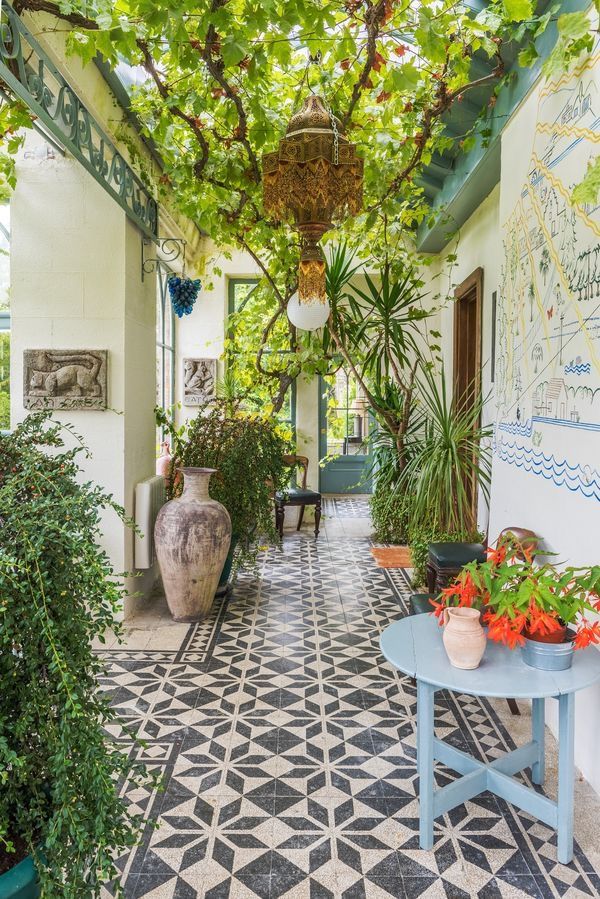Blog Detail Page
Creating Calm: Moroccan Bathroom Design That Feels Like a Spa
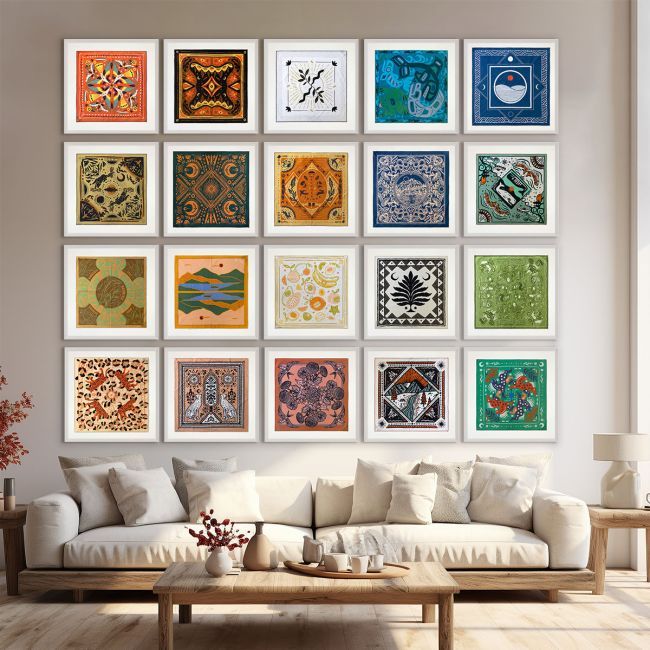
Your bathroom isn’t just a utility space — it’s a place to reset, recharge, and relax. At ZelijHolding, we believe in turning ordinary bathrooms into luxurious Moroccan-inspired sanctuaries using timeless Zellij craftsmanship and thoughtful design
Inspired by ancient Moroccan bathhouses, or hammams, our bathroom designs embrace serenity through arched niches, dim lighting, and natural textures. We carefully select elements that evoke calmness, warmth, and purity. Pairing natural materials like tadelakt plaster, brass fixtures, and earthy wood accents, we bring a balanced, grounded energy to your space.
The Soul of Zellij: Crafting Tile by Hand
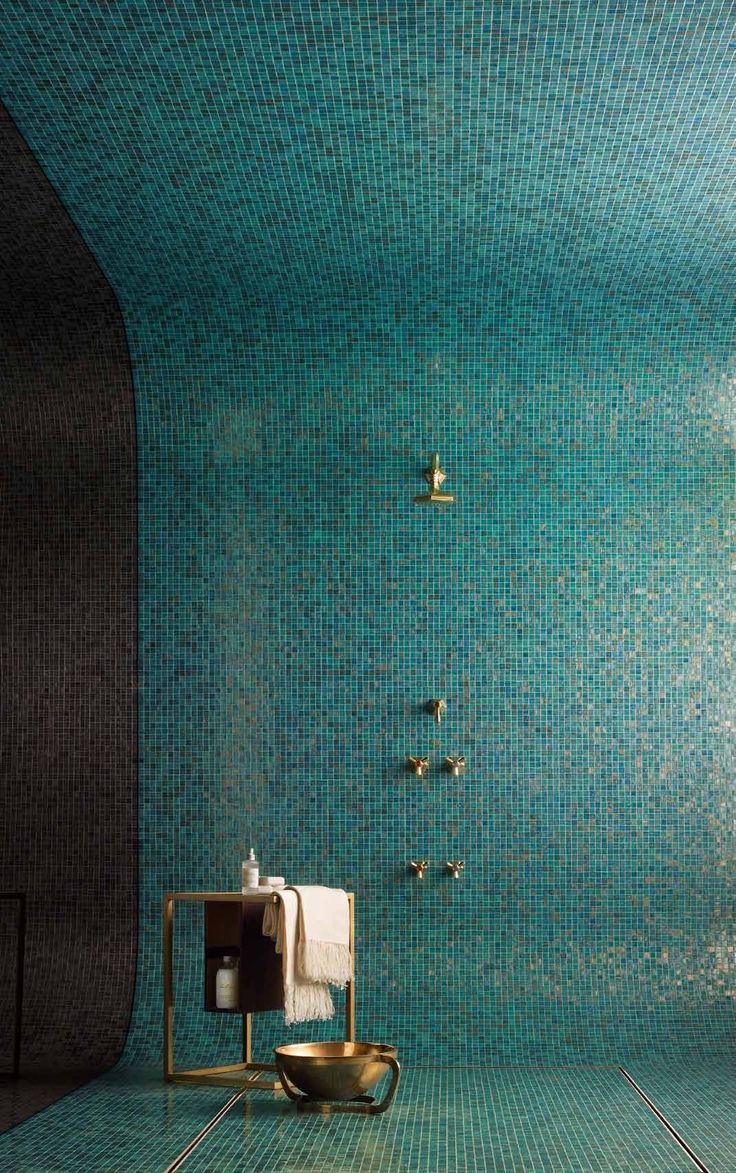
Behind every beautiful Zellij pattern lies a story of patience, heritage, and human touch. In this post, we take you inside the workshops of Morocco to understand how Zellij tiles are crafted — and why they’re unlike anything else in the world It all starts with natural clay, often sourced from Fez or other Moroccan regions rich in mineral content. The clay is kneaded, shaped, and dried — all by hand — before it's fired into solid forms called “biscuit tiles. The journey begins in Morocco’s rich earth. Natural clay is sourced from local regions like Fez and Meknes, known for their quality. The clay is soaked, mixed, and kneaded by hand — just like bread — until it reaches the right consistency. Then it's shaped into square slabs and dried slowly in the sun before the first firing. These raw tiles are known as “biscuit tiles.”
Hand-Cutting the Pattern
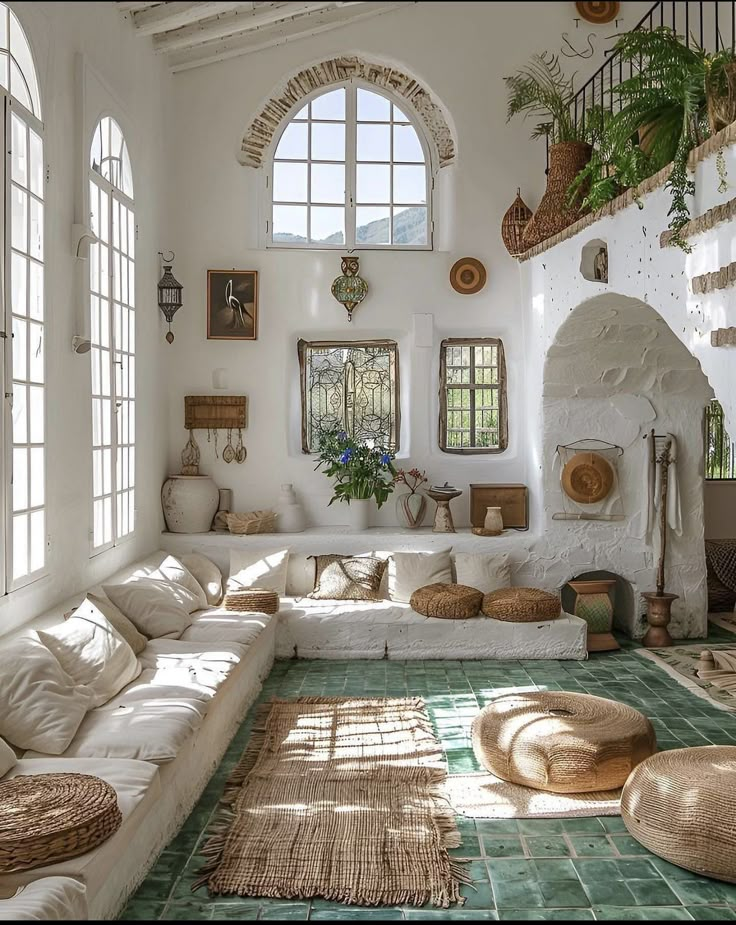
Once glazed and fired again, the tiles are passed to Maâlems (master artisans), who cut each piece by hand into precise shapes: stars, crosses, diamonds, and more. This process is called "taqshar", and it's incredibly detailed — a single mistake means starting over.. Each tile is carefully measured and marked, then cut entirely by hand using a sharp hammer called a "menkach" and a chisel. Unlike modern tile factories, there are no machines, no shortcuts. Every curve, every point, and every angle is shaped with precision and intuition. Accuracy is everything – Each piece must fit like a puzzle, sometimes down to fractions of millimeters. A single miscut can throw off an entire pattern. Memory and math meet art – The artisan must often visualize complex geometric patterns without digital help. It’s an incredible combination of math, muscle memory, and design. Shapes have meaning – Common shapes include stars (symbolizing guidance), floral motifs (representing life), and crosses or polygons (reflecting harmony and balance).
Related Post
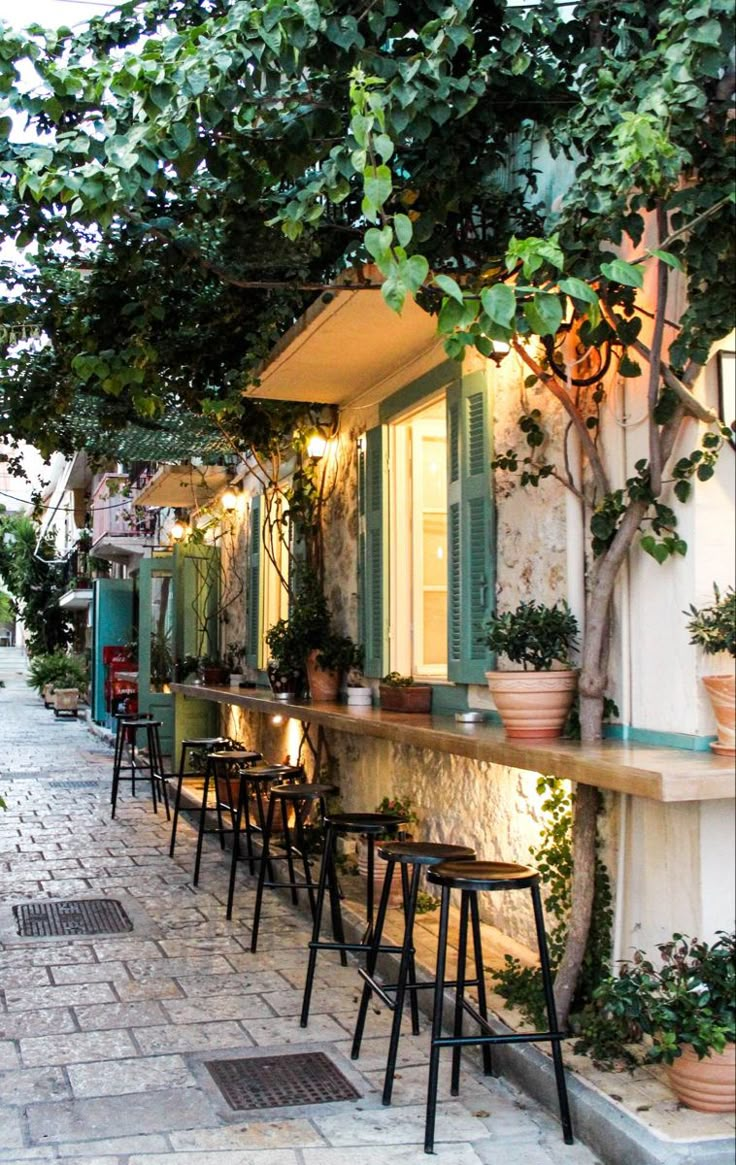
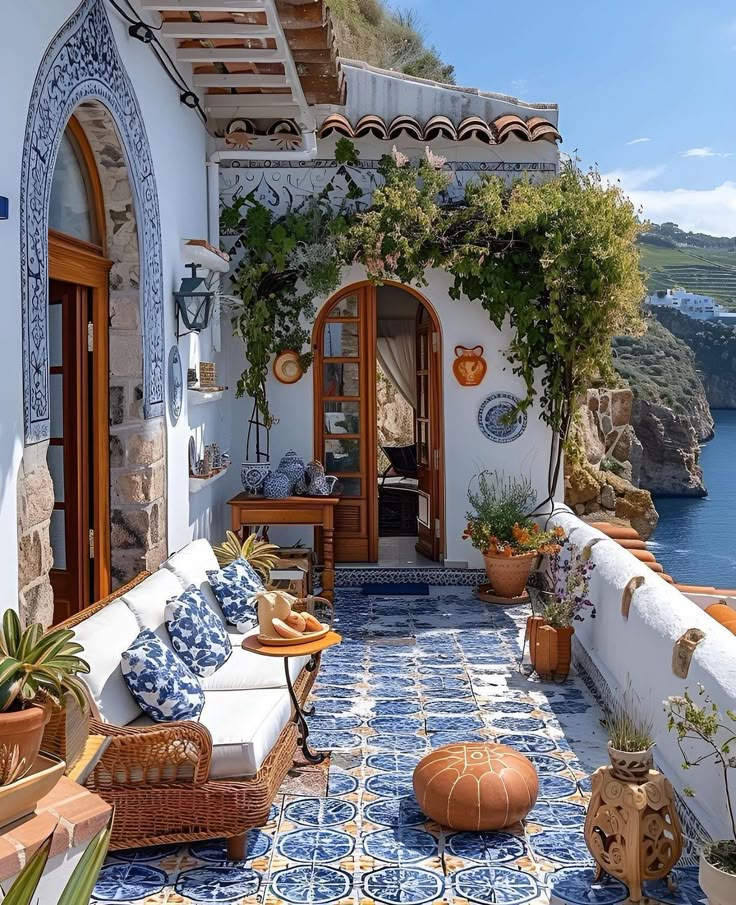
Leave a comment

John Doe
Conset elitr erat vero dolor ipsum et diam, eos dolor lorem ipsum, ipsum ipsum sit no ut est. Guber ea ipsum erat kasd amet est elitr ea sit.
Categories
- Art Design & Fitout 150
- Vinyl Wrapping services 131
- Comprehensive Solar energy Solutions 78
- Research Art 56
- Zalij Art 98

Recent Post






